Cisco On Combating Gray Market, Fraudsters ‘Undercutting’ $1.2B In Legit Channel Business With Counterfeit Goods
‘There are temptations out there. Be aware, be careful, especially in these times. There are many fraudsters out there that are trying to cheat you out of legitimate business. And if it’s too good to be true, it probably is,’ says Al Palladin, Cisco’s legal director of Global Brand Protection, to the company’s ‘good guy’ partners.
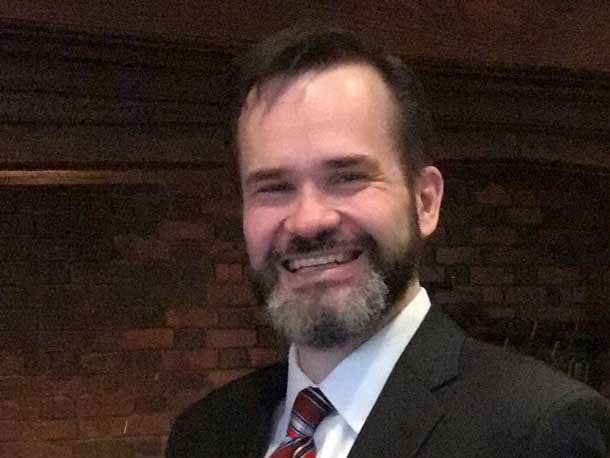
A Growing Problem
Supply chain challenges are generating long lead times for new IT hardware. As a result, the global issue is causing a rise in technically legal but frowned-upon gray market activity as well as a spike in the creation and selling of counterfeit IT gear, which can be dangerous for enterprises, according to Al Palladin (pictured), Cisco Systems’ legal director of Global Brand Protection.
Illegitimate Cisco gear being unknowingly installed is a major issue that’s impacted some of the largest U.S. banks, airports and utility companies. In an effort to save a little money, the consequences could have been tremendous if genuine Cisco products were not brought in to replace the counterfeit gear in these critical infrastructure installations, Palladin said. And it’s not just customers that are being tempted by gray market or potentially counterfeit products—it’s solution providers too.
Gray market products, gear sold legally outside the brand’s permission by unauthorized dealers as well as fake and altered Cisco products, are undercutting legitimate business for solution providers to the tune of $1.2 billion a year, and that’s just for Cisco partners. The economic loss to solution providers as a whole exceeds $100 billion a year, according to the nonprofit Alliance for Gray Market and Counterfeit Abatement.
Palladin spoke with CRN about the growing issue of gray market activity and counterfeit products, unfortunate cases of Cisco partners getting tangled up in the gray market, and the importance of sticking to the Cisco authorized channel for the sake of both Cisco and the channel partner’s own reputation. Reputational loss is the biggest blow to any solution provider business, Palladin said.
What follows are excerpts from the conversation.
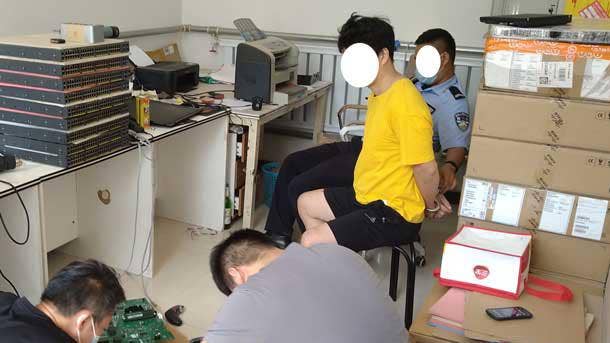
Tell us about Cisco Global Brand Protection and how the team is working to combat the selling of counterfeit goods.
I have the honor of leading the Cisco dedicated Brand Protection team. Basically, we are a branch of law enforcement—we’re part of the Cisco legal organization—and the team was set up about 17 to 18 years ago, primarily focused on issues relating to product diversion. That is, when partners cheat, lie, [or] commit fraud and then we see that product polluting other marketplaces. Historically, products like that move from East to West. We’ve had issues in Asia-Pacific and in the Middle East and Africa, [as well as] issues in Central and Eastern Europe. But we’re also seeing these issues crop up in countries like the United States, especially now, in the past couple of years given the constraints in the supply chain. Our team is focused on those types of products. But more and more, we are focused also on the issues of counterfeiting of Cisco’s products, either illegally using our trademarks or those who are unofficially upgrading Cisco base units. An example would be getting a switch with 24 ports and the basic version of software and adding ports from 24 to 48 and going from Essentials [operating system] OS to Advantage OS, creating fake labels, and then passing it off to unsuspecting customers. That has been a growing problem over the years and unfortunately, it’s affecting our switching products and our transceivers. These are products that are created outside of the Cisco supply chain and our control, where somebody basically rips us off from an intellectual property perspective.
The essence of our work is protecting all of the investments that the company is making into intellectual property. The team itself is about 50-people strong—women and men are located in 15 countries around the globe. We are a team of investigators and detectives that follow leads that are given to us by customers [and partners] that are disgruntled because when they find products like these failing them, they, of course, contact Cisco’s technical support and in many instances, when our engineering colleagues look at [the products], they have to tell the customer, ‘Sorry, this has nothing to do with Cisco. This is a fake, and where did you get it?’ My team is responsible for following the troves of information and going back to the suppliers. It’s also a team of intelligence analysts and forensic experts and engineers that pick apart these products and tries to determine the origin of the source.
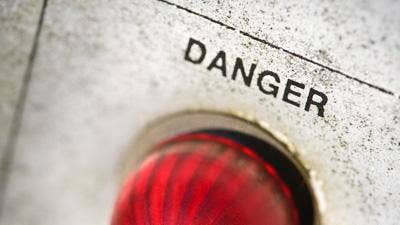
How big is the problem right now?
Admittedly, the problem has increased because of increased time to market. Customers are impatient and sometimes they don’t follow the guidance that our team provides. A key function of Cisco Brand Protection is education. We’re an enforcement and engineering group, but the third piece is education. We’re providing more and more resources for customers, [including] a primer on ‘Don’t forget to check the credentials of the resellers,’ [so] they can ascertain that these are legitimate sources of supply. Sometimes there are constraints on brand-new goods, but we partner with our wonderful Cisco Refresh team because the availability of products is addressed by those that are being remanufactured, in essence, recycled. And those products come with the guarantees that customers need [and] the latest and greatest versions of software licenses and warranties that are associated with those products. That’s a very legitimate source of resupply for everybody around the globe that we’re promoting.
Given the growing concerns that we have with counterfeit, we recently launched an Identify Counterfeit platform, and my team is responsible for a number of security features, [including] the so-called power-off state. So, before a customer plugs in something that they think is Cisco that could potentially damage their network, we just remind customers there are security labels that have security features that Cisco provides—holograms and security strips and such that the customer can look at very carefully to identify [genuine products]. And if they have any doubt, our team is on standby. Due to the global nature of our work, we respond typically within 24 to 48 hours to any tips or questions that we may get from a customer or a partner. Partners are also the good guys. They’re a tremendous source of information and when they see others undercutting them or they suspect something, they work with us on cleaning up things.

Are Cisco partners also taking part in gray market activity or selling counterfeit goods?
That is a problem that we deal with, and we deal with it in a very determined fashion. [Cisco Senior Vice President of Global Partner Sales] Oliver Tuszik (pictured) has been a huge supporter over the past couple of years of changing things inside of Cisco. For example, we now have a firm consequences framework for those partners that deviate from our agreements, [which] governs the business relationship between us and the partners and their behaviors. Very explicitly, we say, ‘You shall not deviate from our authorized distribution channel. You should not purchase outside of it, and you should not commingle products that come in.’ Because the concerns are that ultimately, what we find when we investigate with customers, is when they get a bundled deal, probably 60 [percent to] 70 percent of the products that they get are legitimate. But the commingling that happens—that’s the dangerous part. Because we find pure counterfeit products or counterfeit upgraded products that were molested—who knows what’s going on with those products. We’re also finding stolen goods. And desperate times, desperate measures—we’re finding more and more that criminals are resorting to anything just to fulfill that demand that’s coming from customers for Cisco gear. So, Oliver was a big supporter of introducing the consequences framework inside of Cisco that partners know about. We have a ‘yellow card’ and ‘red card’ type of an approach where if you’re caught once, depending on the extent of the crime committed and the losses to Cisco, there are severe penalties and they are made to replace all of the illegitimate gear, especially the counterfeit or stolen goods, with customers that they cheated in the process. If caught twice, it’s a red card and [the partner] will never be welcomed back into our program.
Oliver, also for the very first time in Cisco’s history two years ago at Partner Summit, spoke about the economic impact of all of these activities. From a global perspective, if you talk to our colleagues in the Alliance for Gray Market and Counterfeit Abatement, a group of colleagues from HPE, Juniper [Networks] and Microsoft, collectively, we believe that the economic losses to our channel partners are exceeding $100 billion a year on this type of activity. For Cisco partners, we estimate those [losses] to be at a level of $1.2 billion a year. It’s substantial because with the margins that channel partners are expected to make, a displacement by counterfeit products that are of low quality, the loss that occurs is tremendous. So, that’s why we’re paying so much attention to this problem.
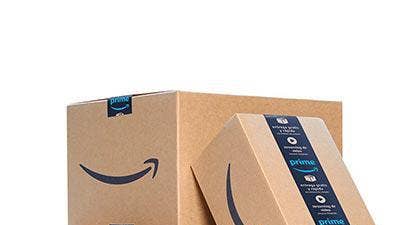
Are customers and partners purchasing gray market goods through Amazon or other online sources, and what is Cisco doing to crack down on this behavior?
That used to be the case, but I must call out the tremendous partnership that we’ve established with our counterparts at Amazon, especially over the past year. They have a dedicated anti-counterfeiting unit that has been very helpful and focused because Amazon realizes the dangers of trafficking these counterfeits to end customers and they want to intervene. Our colleagues in the Amazon crime unit are very effective at working with us on leads and test purchases and working with us on both online investigations—basically, digital trails of who sold what to whom, but also offline. We’re also currently working on a couple of cases with U.S. law enforcement with the Department of Justice and with Homeland Security, where Amazon is partnering with us because they are providing that evidence that, ‘Yes, these guys were cheating. They were cheating and using us as an illegal marketplace. And we want to clean it up.’
We’re also working with law enforcement and the courts around the world. I’ve been talking about our colleagues in the U.S. DOJ and Homeland Security and the FBI, and they are very helpful—we’re also working with Customs and Border Protection, providing them with the tools to intercept packages that we know are being illegitimately trafficked. But more and more, especially over the past few years, we’re very, very pleased by the partnership of support we’re getting from Chinese law enforcement, from our colleagues in Chinese police and also with Chinese customs.
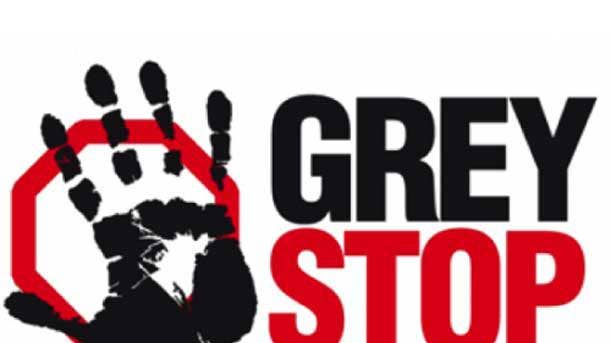
How has Cisco worked with partners who have been on wrong side of the gray market?
I don’t want to come across as just a team that penalizes partners. We reach out to those who are in the wrong and we ask them, ‘Were you aware what was going on? Do you fully realize that you’re sourcing and channeling, trafficking something that could cause great harm?’ And we found instance upon instance, where [the partner said], ‘Oh, we just thought it was cheap. We thought it was legit. We thought that seller was actually authorized by Cisco. We didn’t know any better.’ And these are instances where we’re here to help. The way that we do that is if there is a loss that has occurred, we typically ask partners to go and make it right with the customer and replace whatever was wrongfully sold. Then we ask the question, ‘Why did you go outside of the Cisco channel in the first place? Did you realize the full extent of the support that you’re getting in terms of training and certifications? You may have thought that you were getting a better deal, but do you really understand the whole set of rebates and incentives that [Tuszik’s] organization is providing to legitimate channel partners?’ In a lot of instances, it’s a big aha moment for the business decision-makers in these channel partners.
Cisco Brand Protection [introduced] a number of initiatives that we call ‘partner conversion,’ and over the past few years [these solution providers] generated tens of millions of dollars’ worth of legitimate sales for themselves and also for Cisco. Everybody is happy because of the outcome. It’s been working out.
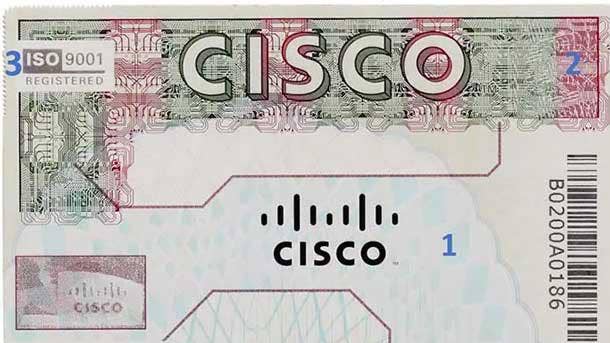
What can partners do if they spot or suspect counterfeit Cisco products or gray market activity?
Contact Brand Protection. That’s what our team is for. We have an online, very short intake form. We have actually about 100 cases a week that my team gets from around the world of cases like that, of our customers contacting us. But I’d say about 50 percent of the instances is our partners contacting us, and that ranges from [scenarios like], ‘Hey, I got a flyer from the Middle East that says that this is legit gear, and they can overnight it to me in the U.S., and this is the price point,’ to other issues where something is just not right. We’re here to investigate and unravel. What my team does is we look at all the sales transactions and we have records and a very sophisticated database of monitoring activity over the years, where we can connect the dots and go, ‘OK, that’s the big fish out there that is then polluting the whole channel. Let’s focus on that and clean it up.’
Stick to the Cisco authorized channel. There are temptations out there. Be aware, be careful, especially in these times. There are many fraudsters out there that are trying to cheat you out of legitimate business. And if it’s too good to be true, it probably is. Don’t take that temptation because ultimately, it’s [the partner’s] reputation. You may think that you will get away with one deal, but ultimately, it’s very disruptive to a reseller, so don’t put your reputation at risk. And if you have any concerns, any issues, please work with us. We’re here to support legitimate channel partners day in and day out.